Ancient coins that have survived the test of time are considered true treasures. These coins not only tell us about the monetary system of the past but also depict the culture and history of their respective civilizations.
Besides their historical significance, ancient coins are precious because of their age and the purity of gold or silver in the coin. Let's look at ten of the most valuable ancient coins in the world that have survived warfare, disease, and invasion.
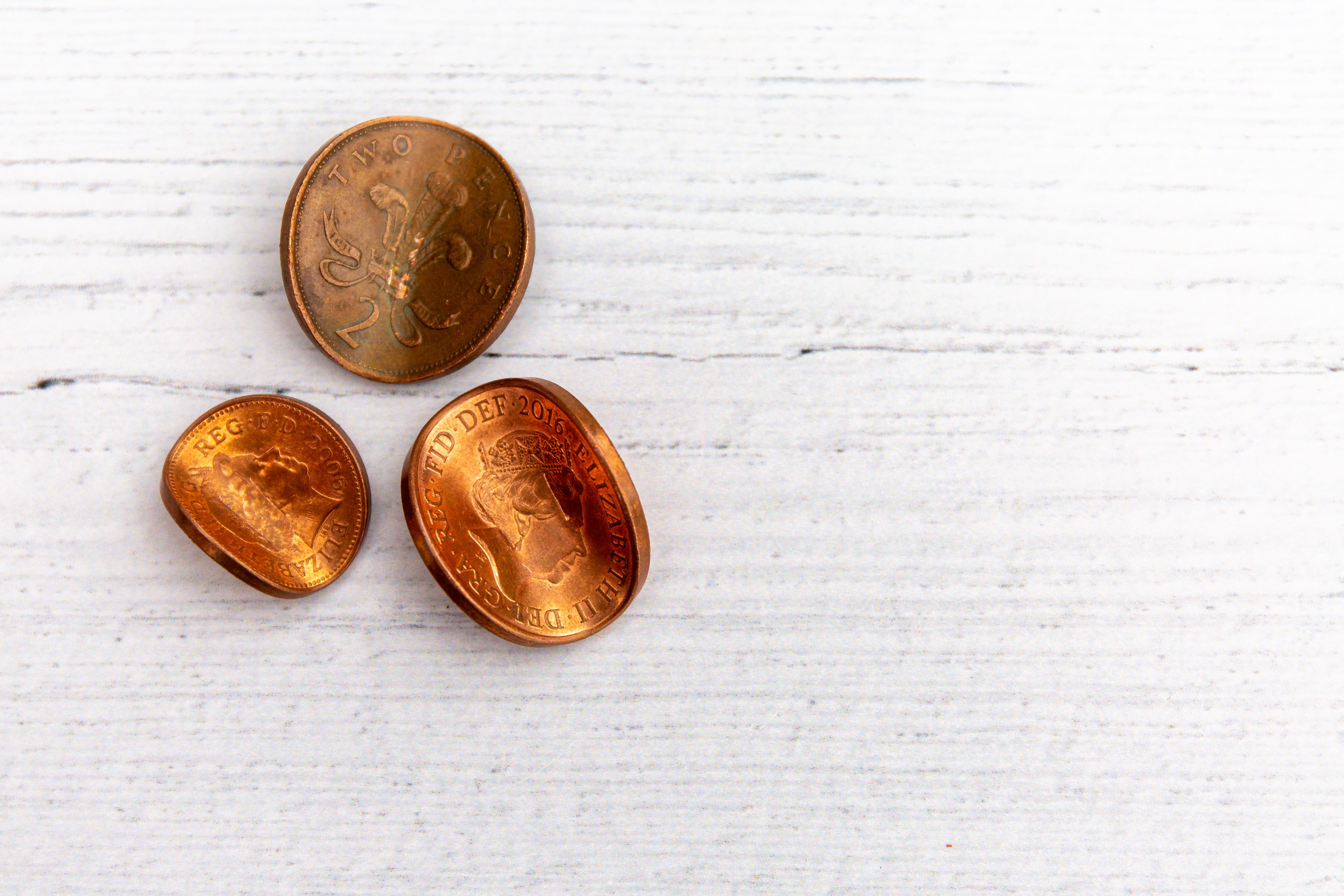
Portrait Denarius of Julius Caesar, 44 BC
The coins of Ancient Rome are perhaps the most fascinating and valuable ancient coins. Julius Caesar, in 44 BC, was the first Roman to have his face on the obverse side of a coin, leading to the famous "heads" portrait that has become associated with Roman art and culture.

Some might call it narcissism, but it eventually paved the way for every other royal ruler to carve their faces into time with coin currencies. Before this, Roman coins only had images of their gods and goddesses in front, usually in portrait format. On the reverse side, there would be symbols of natural elements like animals and seas.
The coins became a sign for identifying Roman rulers of the time, with the front having their portraits carved onto them while the back had symbols of what the rulers stood for, their aspirations, and accomplishments. The coinage showed Julius facing to the right and wearing a laurel crown. The back (reverse) of the coinage has an apex (priest's cap), a caduceus, a cornucopia, a rudder, and a globe.
The Portrait Denarius of Cleopatra and Mark Antony, 32 BC
The Roman Empire was a time of significant historical events, powerful rulers, and exceptional leaders. Cleopatra brought Egypt into the war over Egypt's resources with Caesar, Anthony, and Octavian. She and Antony then got married and united against Octavian. This involvement ended in a defeat at the Battle of Actium.
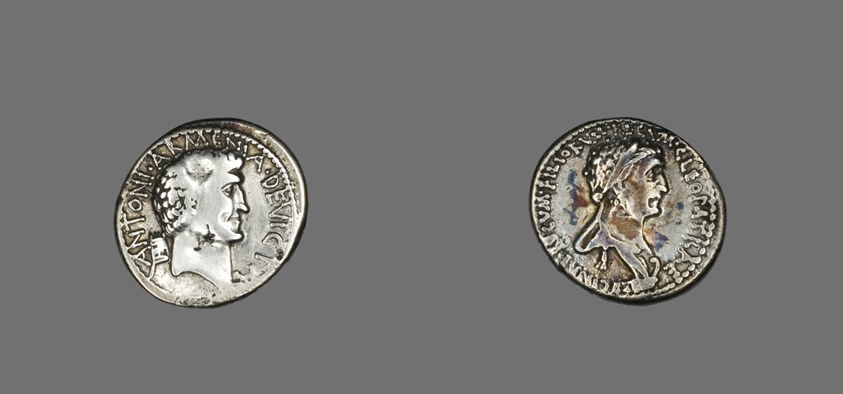
The defeat upended Egypt's sovereignty, ended the Ptolemaic dynasty, and shortened the reign of Cleopatra and Antony. However, they didn't go out without commemorating their rule in 32 BC. The Portrait Denarius of Cleopatra and Mark Antony is a Roman coin with a right-facing portrait of Antony on the obverse side and Cleopatra facing left on the reverse.
The inscription ANTONI ARMENIA DEVICTA means "Antony, with Armenia being conquered." In contrast, the inscription CLEOPATRAE (REGINAE REG)VM FILIORVM REGVM means "For Cleopatra, Queen of kings and her sons, being kings." Forever a reminder of world history, this coin has significant political symbolism.
Also read: What Are the 13 Most Expensive Collectibles in the World?
The Gold Stater of Croesus, 550 BC
The Gold Stater of Croesus is the world's first minted gold coin and is a testament to the technological advancement of the time. The coin was produced in Lydia (modern-day Turkey) in the sixth century BC by the wealthy king of Lydia, Croesus.
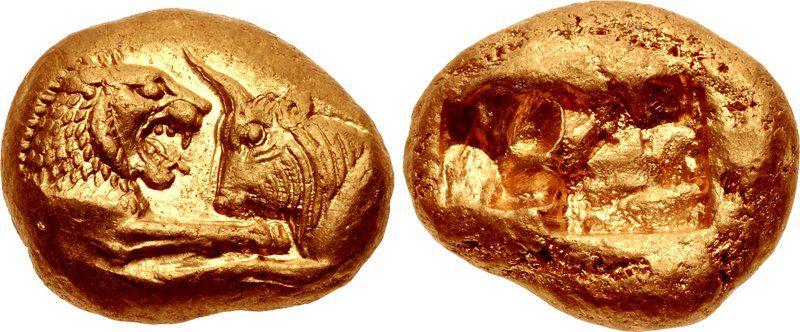
The king was already famous for the craftsmanship and quality of the coins he minted, but he further cemented his name in history with The Gold Slater coin, which changed how coins were produced. Before then, his predecessors were already minting coins with the naturally occurring gold-silver alloy known as electrum.
Using a more advanced system and the method of separating electrum into pure silver and gold developed by his metallurgists, Croesus minted the Gold Slater. Featuring Croesus's symbol—a bull and a lion—the coin outlived his reign and became one of the most valuable antiquity coins.
The Akragas Decadrachm, 411 BC
The Akragas Decadrachm is one of the great 5th-century coins from the island of Sicily, one of the earliest cities to mint coin currencies. At present, there are less than ten ancient coins in storage, making them one of the rarest and most valuable yet.
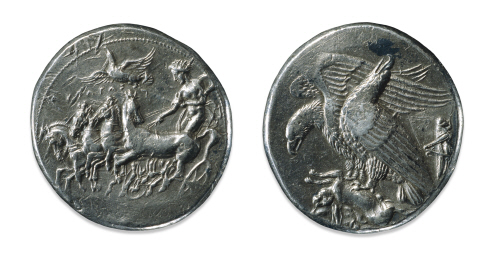
It is said that the coin was issued in 411 BC to honor an Olympic chariot race winner. The front illustrates Helio, the sun god, traveling in his chariot with an eagle in the sky and a crab in the sea below. On the reverse side, two eagles are standing menacingly over a hare.
Due to the significant amount of silver used in creating it, the rulers found it too valuable for widespread monetary exchange. They decided to only use it as a commemorative or honorary piece for the honored chariot race winner.
The Brutus “Eid Mar” Denarius, 42 BC
The Brutus Eid Mar Denarius is well-known for its representation of the assassination of Julius Caesar. It not only served as a warning to anyone who opposed the status quo in Rome at the time, but it was also an ironic piece about betrayal, and you'd soon see why.
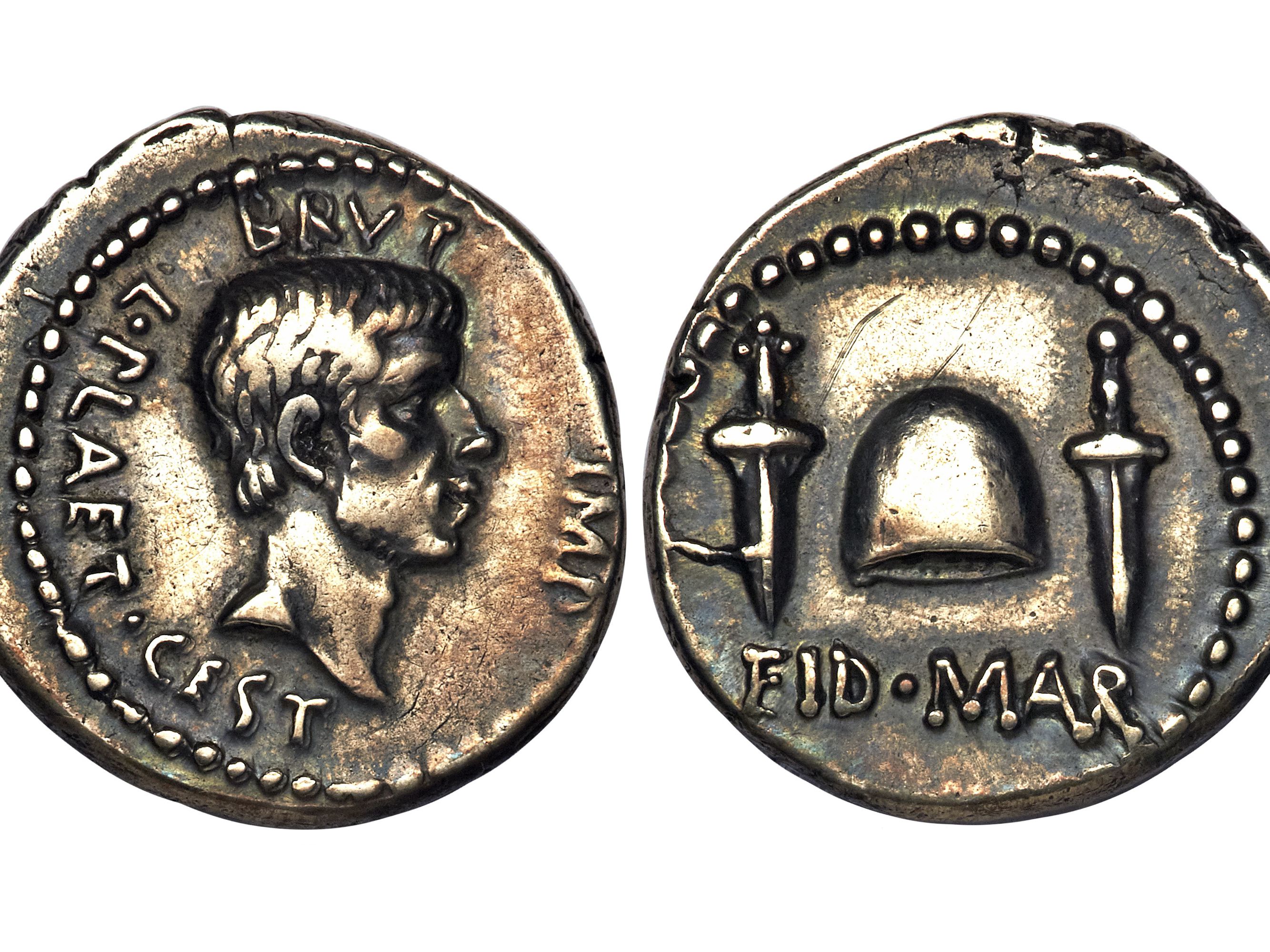
At the time, many citizens, and senators, Brutus included, saw Julius Caesar as a power-hungry threat to the Republic of Rome. So, on March 14, Brutus and other conspirators rushed at Caeser with knives hidden underneath their cloaks and stabbed him. At least thirty knife wounds were found on the dead ruler after the ordeal.
Marcus Junius Brutus, a close friend of Julius Caesar, issued the coin to commemorate the "Freedom of Rome" in 43/42 BC. On the front is a portrait of Caesar, and on the back is a cap flanked by daggers, presumably the daggers used in dealing the deathly blows.
Also read: These Are the 10 Most Expensive Paintings in the World
The Athens Decadrachm, 460 - 430 BC
This silver coin is about the size of a quarter and has an image of Athena, the Greek goddess of Athens, on one side, while the other features the symbol associated with Athena, an owl. Minted between 460 and 430 BC, it is one of the most valued coins among coin collectors.
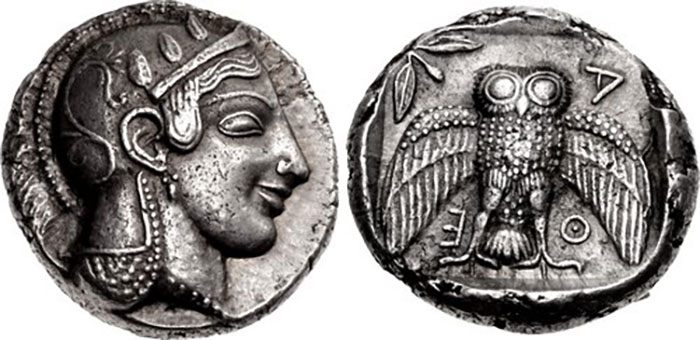
Athens had been fighting wars with invading Persian armies for forty years before the coin was minted. Their historic victories in several battles defended against and pushed the Persians, sending them back to Asia Minor.
Between 469 and 465 BC, Athens and a free Greeks alliance worked to take back Greek cities under Persian rule. The Athens Dekadrachm was minted to mark this victory but was only used by the wealthy, so they went out of circulation due to inaccessibility by most Athenians.
The Dekadrachm of Syracuse, 400-390 BCll
One of the largest silver denominations minted in classical antiquity, the Decadrachm of Syracuse remains one of history's most alluring and celebrated coins. Taking full advantage of the drachm denomination, Syracuse engravers exhibited their abilities and fine mastery of the medium.
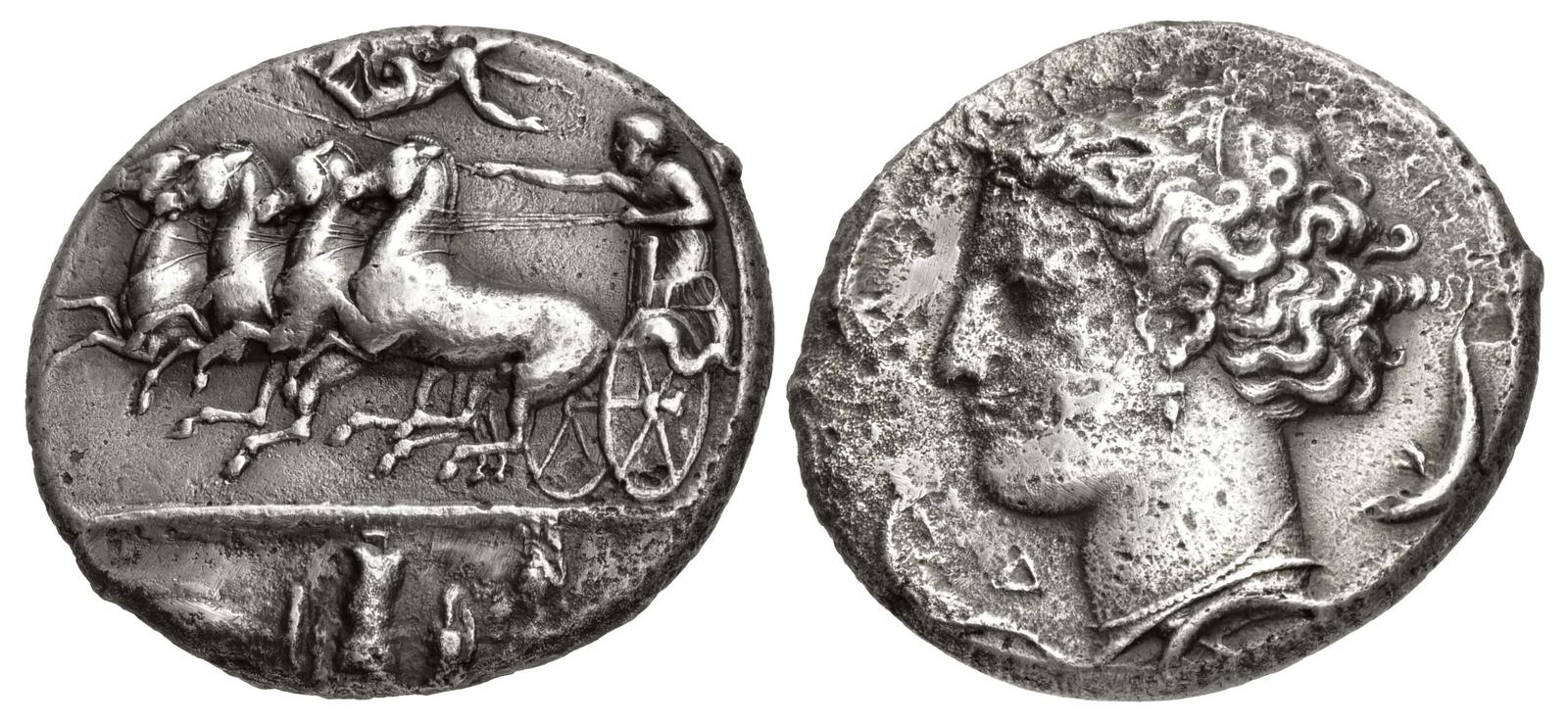
After passing it through a trial phase in the 460s BS, Dionysius, the tyrant, attempted to make Syracuse appear as the best in the world by reintroducing the coins in Syracuse shortly after he entered power. They had the dies for the new series created by Euainetos and Kimon, the best numismatic artists in the city.
Using their unique individual style, the artists put their heads together and gave a facelift to their city's emblems. They created a stunning racing four-horse chariot (quadriga) backed with the bead of the gorgeous nymph of the spring of Ortygia, Arethusa, while surrounded by capering dolphins.
The Naxos Tetradrachm, 460 BC
This coin was minted in 460 BC but didn't follow the normal design of coins produced in that era. Instead, with the dies expertly created by the artist simply known as the Aetna Master, The Naxos Tetradrachm had the images of two gods on either side.

On the front, it features a disheveled, bearded Dionysos, the god of grape harvest and winemaking. And on the reverse, a drunken Silenus raises a cantharus (drinking cup with two handles) to his lips about to drink grape wine.
The rare coin has an old cabinet tone and is a prime example of Sicilian engraving with an impressive representation of Greek art. It was once displayed in the British Museum but was exchanged in 1948.
The Titus Colosseum Sestertius, 79 - 82 AD
The Titus Colosseum bronze Sestertius was minted between 79 and 82 AD and depicted the famous Flavian Amphitheater or, more popularly, the Colosseum on the reverse face. The picture clearly shows the large Meta Sudan fountain outside, the four arched stories, and the statues visible within the arches.
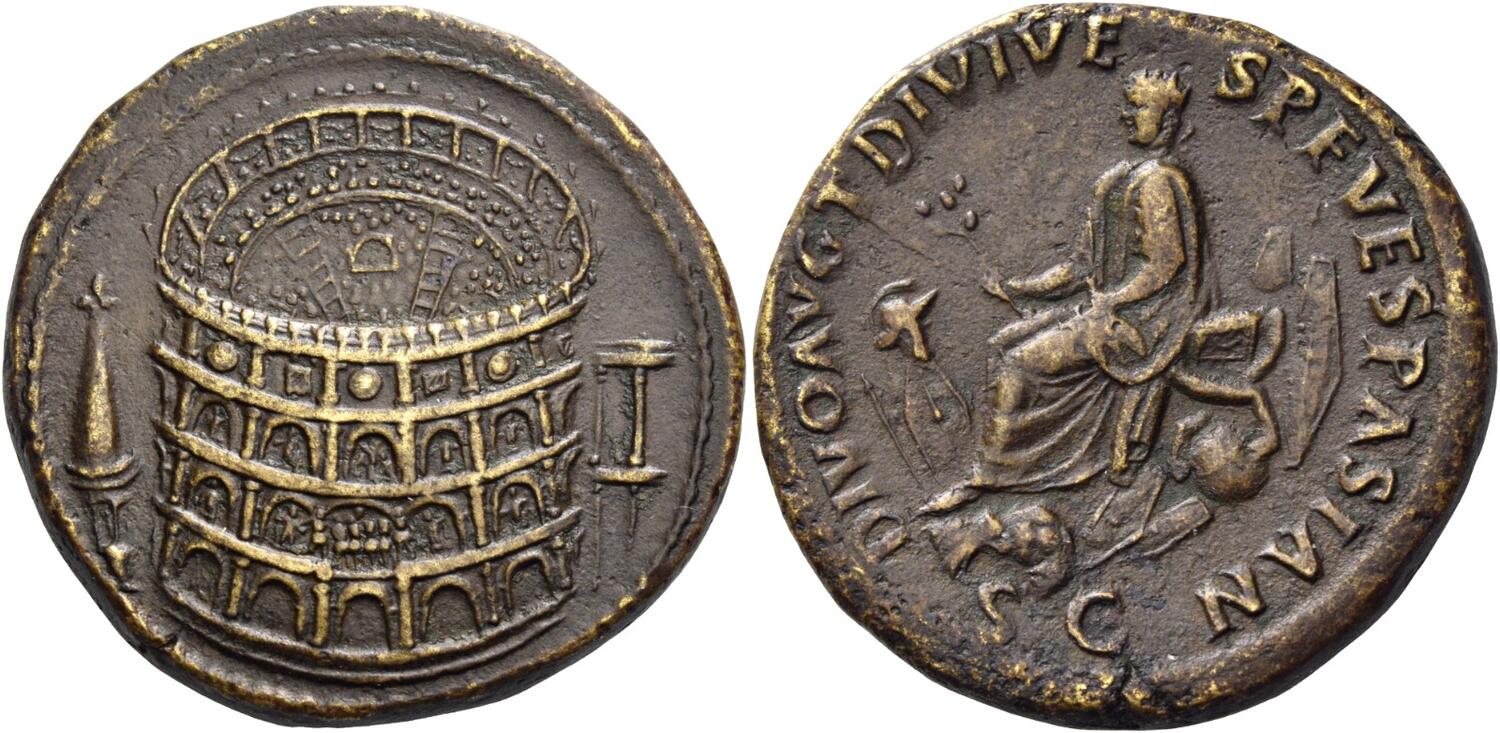
It was created in honor of the monumental amphitheater constructed and inaugurated by the Flavians to promote the message of conquest. But unfortunately, the unlucky conquer was the memory of Emperor Nero and the Jews.
The coin's obverse has Emperor Titus seated on a curule chair, a symbol of power for Roman magistrates, with various weapons behind Titus, honoring his victorious role in the 71 AD Judean war. It also includes an inscription referring to the emperor by multiple names, including imperator, Caesar, Augustus, Pontifex Maximus, holder of the tribunicia potestas, and pater patriae (father of the fatherland).
Also read: 10 of the Most Expensive Homes in United States
The Nero Port of Ostia Sestertius, 64 AD
During the reign of Emperor Claudius, Rome was located inland on the Tiber river without a natural harbor on the coast. Therefore, as the population increased, so did the need to import food and other goods.

This absence of a harbor that could make transporting goods easier caused a significant famine. In response, Claudius built the Post of Ostia harbor. But unfortunately, he didn't live long enough to see its completion in 64 AD in the time of Emperor Nero.
Although Claudius started the harbor, the sestertius bears a bust of Nero on the front. Behind is a depiction of the harbor with ships on the horizon and an image of the river god Tiber.
Conclusion
These ten coins are certainly among the most valuable in human history. Their worth has been determined by their rarity and relevance to events, history, and culture.
It is unclear at this point whether these coins will continue to appreciate in value or if they will fall out of favor with collectors who love expensive items, but there is no doubt that these coins have marked some of the most important moments in human history.




